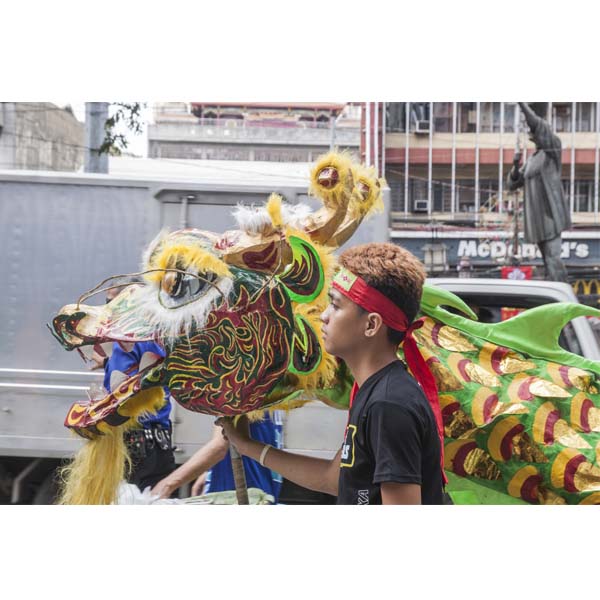
One thing I have observed in the last decade or so regarding the Chinese New Year celebration in the Philippines is how it has slowly been injected with Filipino flavor. I am not talking about the vendors who come to Binondo to sell their wares or the Ati-atihan dancers and fire eaters. What I am talking about is how Filipino and Chinese traditions are incorporated and blended together.
For example, this year Luis Antonio Cardinal Tagle held a mass at the Our Lady of the Rosary-Binondo Chinese Parish the day before the Chinese New Year. What made the event unique was that after mass, he led the ancestor veneration rites (祭祖), an annual ritual of Binondo Chinese Parish during Chinese New Year. Tagle disclosed that he has Chinese roots.
Another sign I saw this year of the two cultures blending together was the dragon and lion dancers, who were all Pinoys. While they have been around for decades, there was one performance I saw that seemed to indicate things might be about to change.
At a private event, instead of the team performing their regular dragon dance drum beat, they used instead the beat produced by a calypso percussion band. Though the dragon dancers stuck to their usual dance routine, the choice of music helped put their performance on a different level. Hopefully in the future, the dragon dancers will come up with a new choreography that will better fit the steel drum band’s music.
It is still too early to tell whether these changes will become regular features in our Chinese New Year celebration. But what is certain is that in the coming years, you will see more experimentation in blending these two cultures together to celebrate the start of the lunar year.





